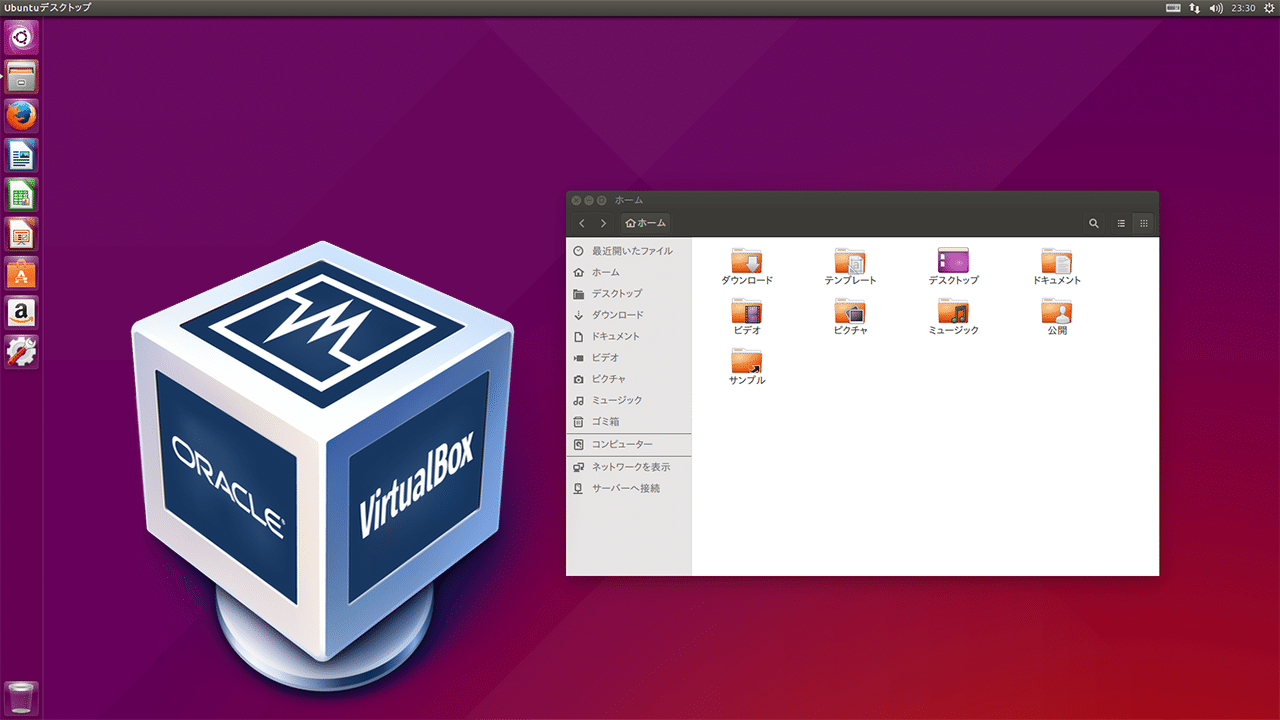
Here’s an example that deploys GitLab with four runners as a stack, using secrets and configurations: Secrets can be used to securely pass your initial root password without exposing it as an environment variable.Ĭonfigurations can help you to keep your GitLab image as generic as possible. In swarm mode you can leverage Docker secretsĪnd Docker configurations to efficiently and securely deploy your GitLab instance. Install GitLab using Docker swarm modeĭocker-based GitLab installation in a swarm cluster. This is the same as using -publish 8929:8929 -publish 2224:22. Version : ' 3.6' services : web : image : ' gitlab/gitlab-ee:latest' restart : always hostname : ' ' environment : GITLAB_OMNIBUS_CONFIG : | external_url '' gitlab_rails = 2224 ports : - ' 8929:8929' - ' 2224:22' volumes : - ' $GITLAB_HOME/config:/etc/gitlab' - ' $GITLAB_HOME/logs:/var/log/gitlab' - ' $GITLAB_HOME/data:/var/opt/gitlab' shm_size : ' 256m' In the following examples, if you want to use the latest RC image, use As another option, you can install an MTA directly in the GitLabĬontainer, but this adds maintenance overhead as you’ll likely need to reinstall Solution is to add an MTA (such as Postfix or Sendmail) running in a separateĬontainer. The Docker images don’t include a mail transport agent (MTA). If you instead want to install GitLabįind the GitLab official Docker image at:

Necessary services in a single container. The GitLab Docker images are monolithic images of GitLab running all the

Windows/Mac: Error executing action run on resource ruby_block.Convert Community Edition to Enterprise Edition.


 0 kommentar(er)
0 kommentar(er)
